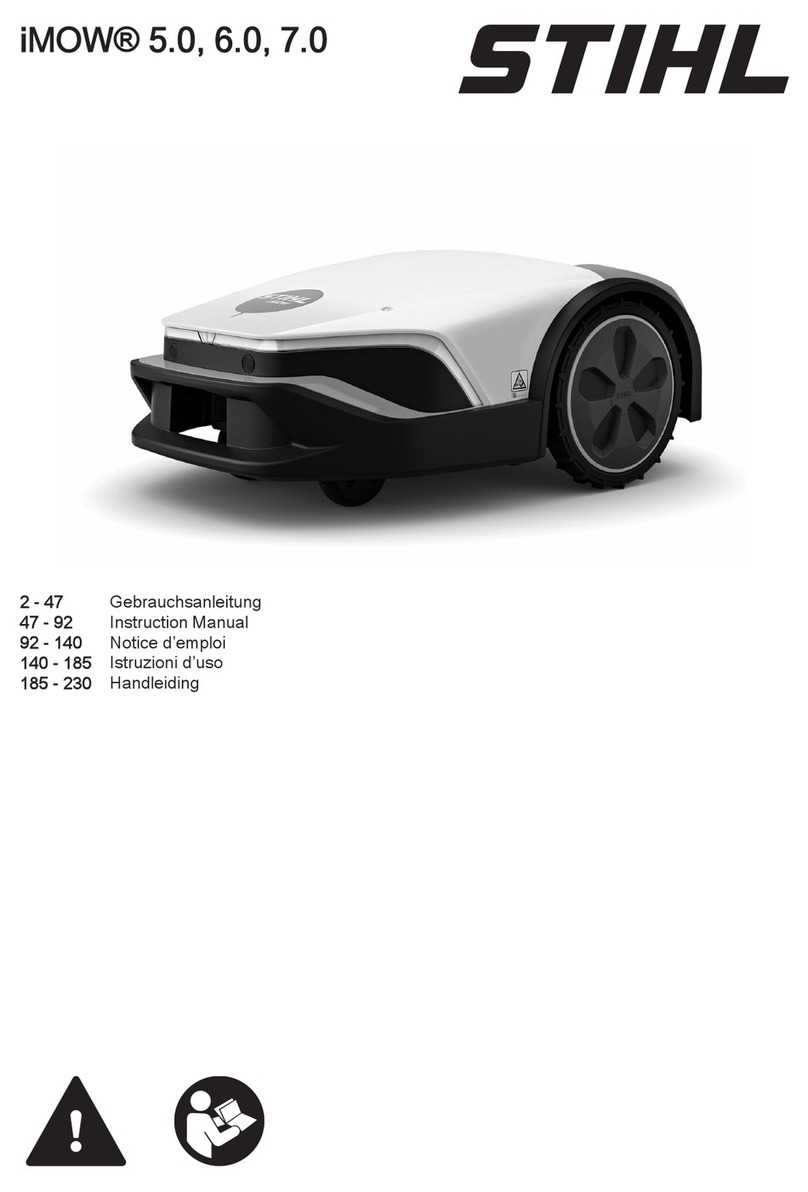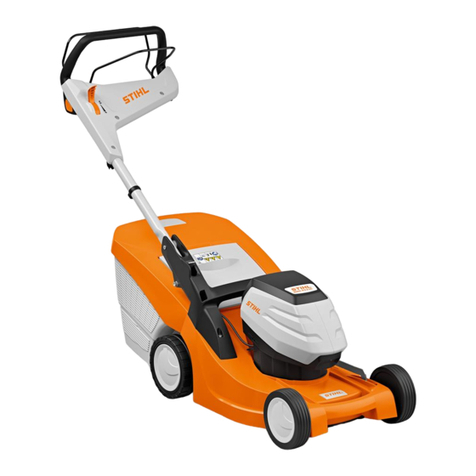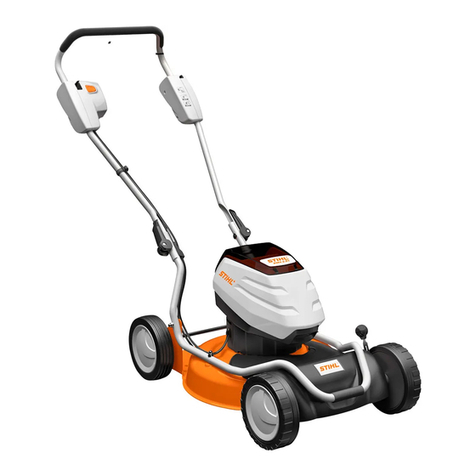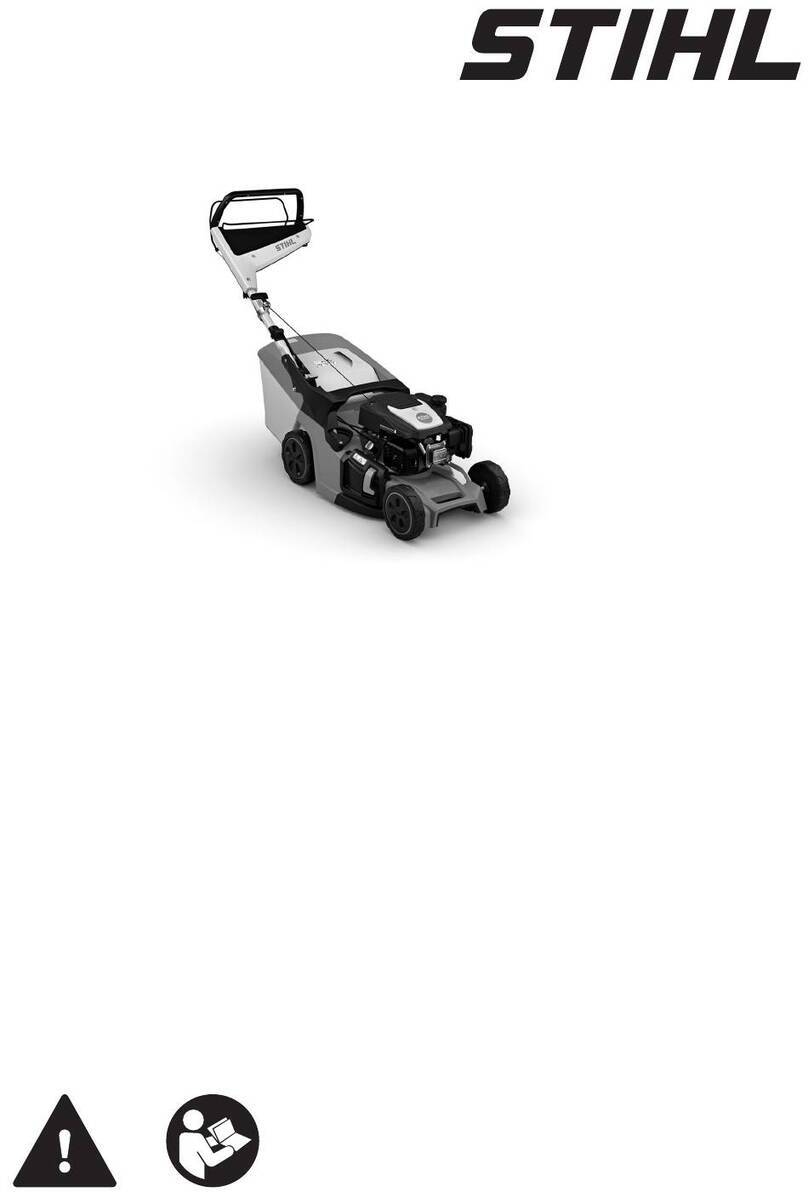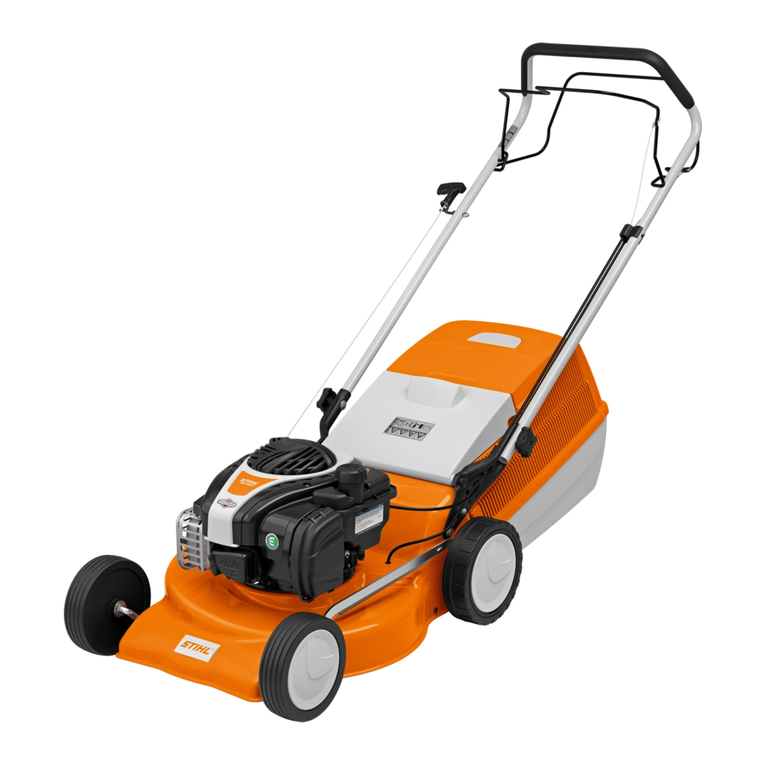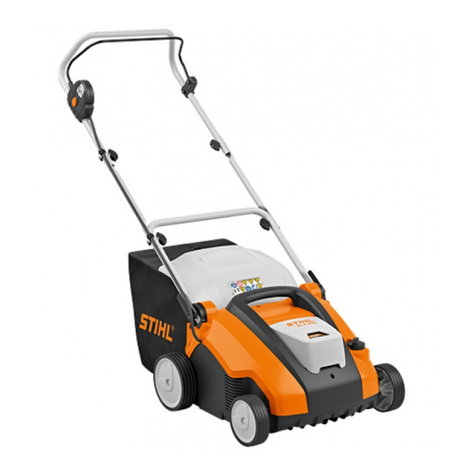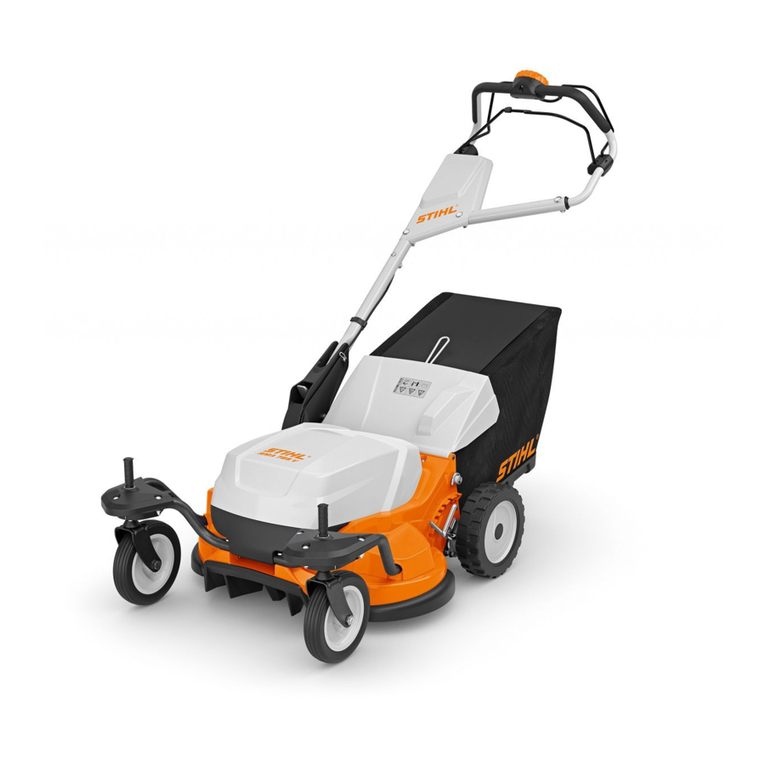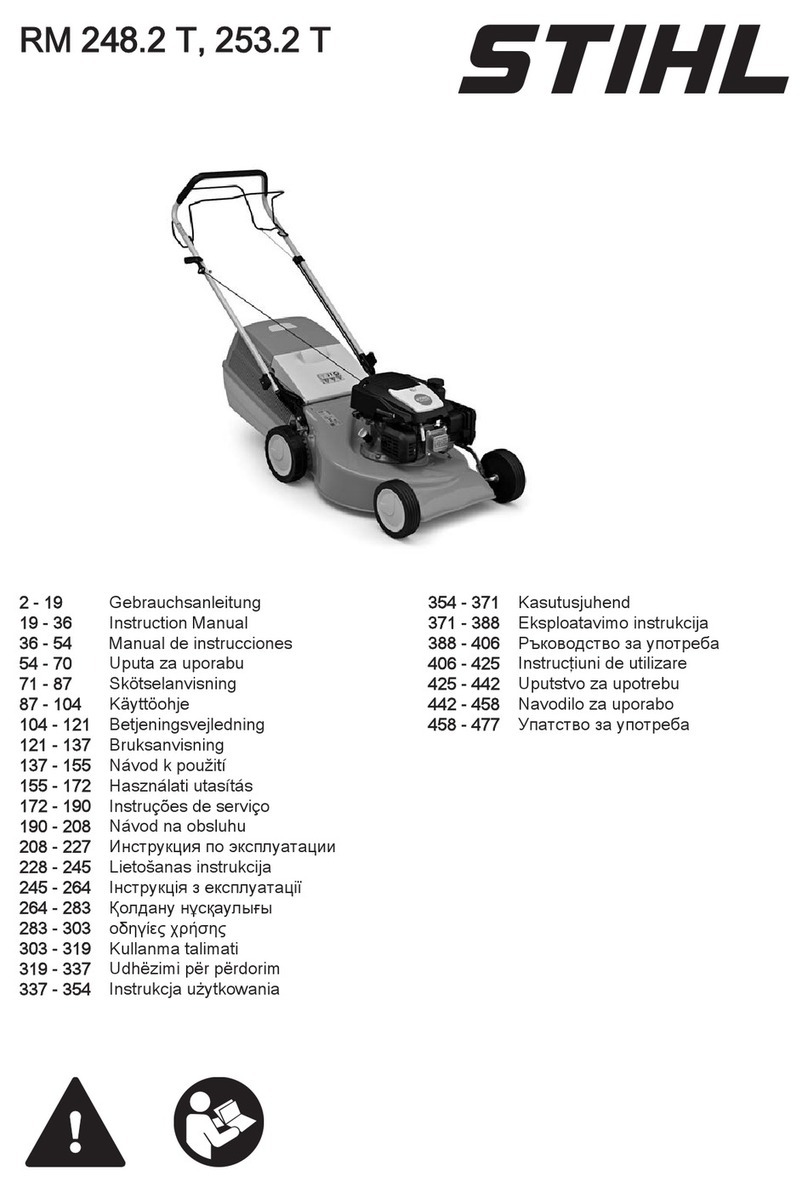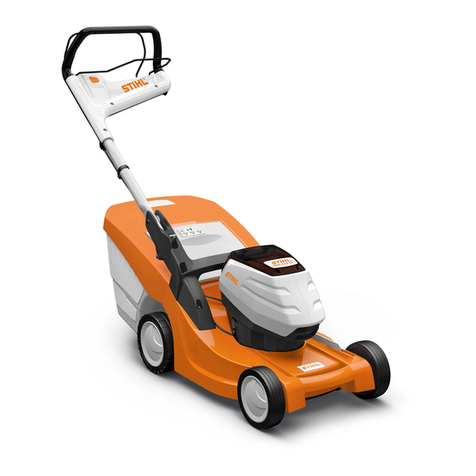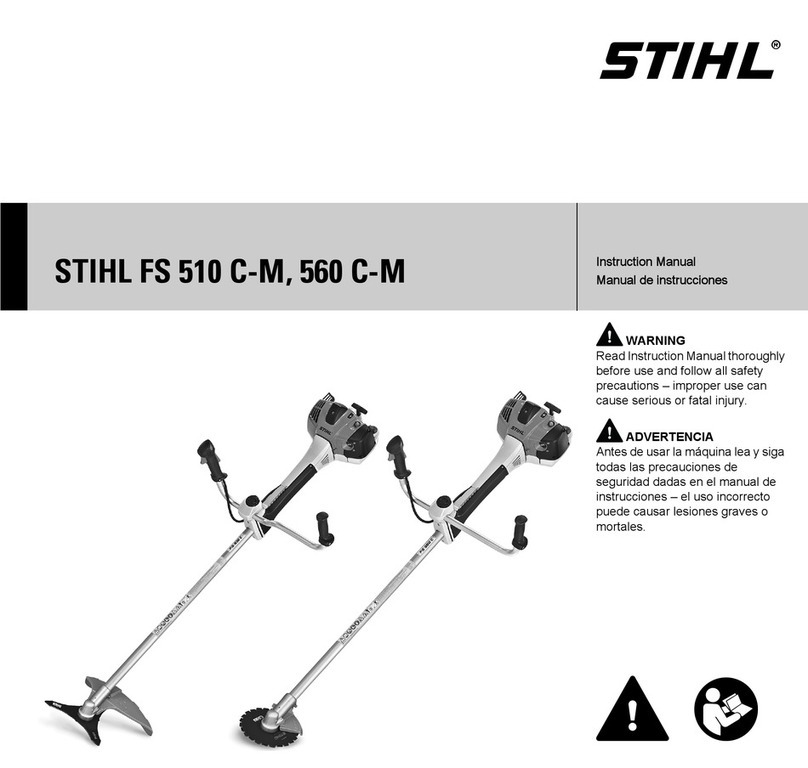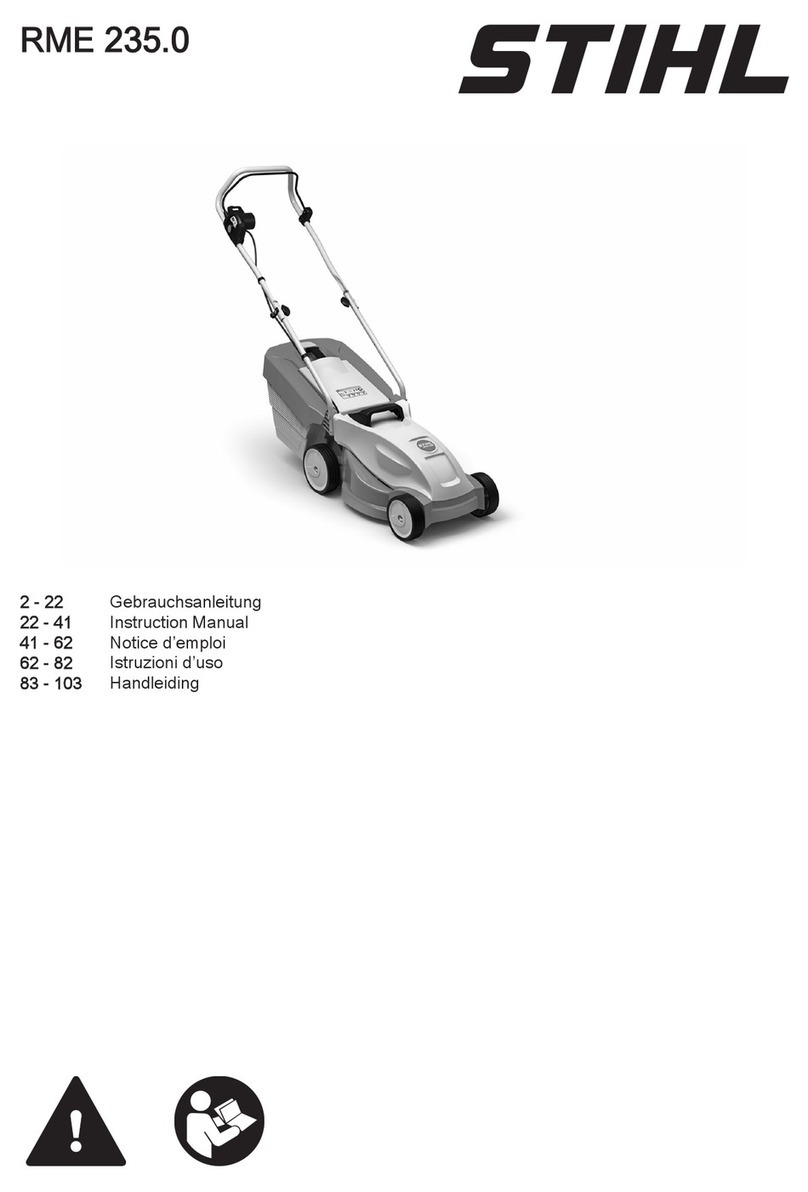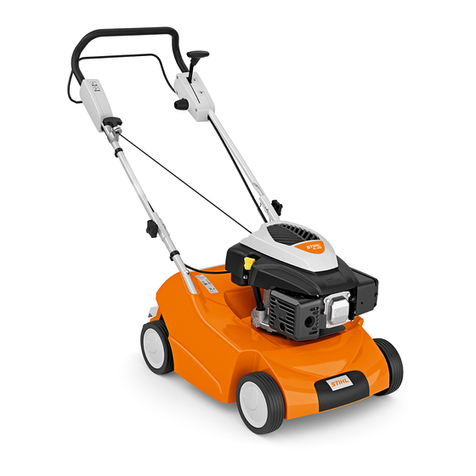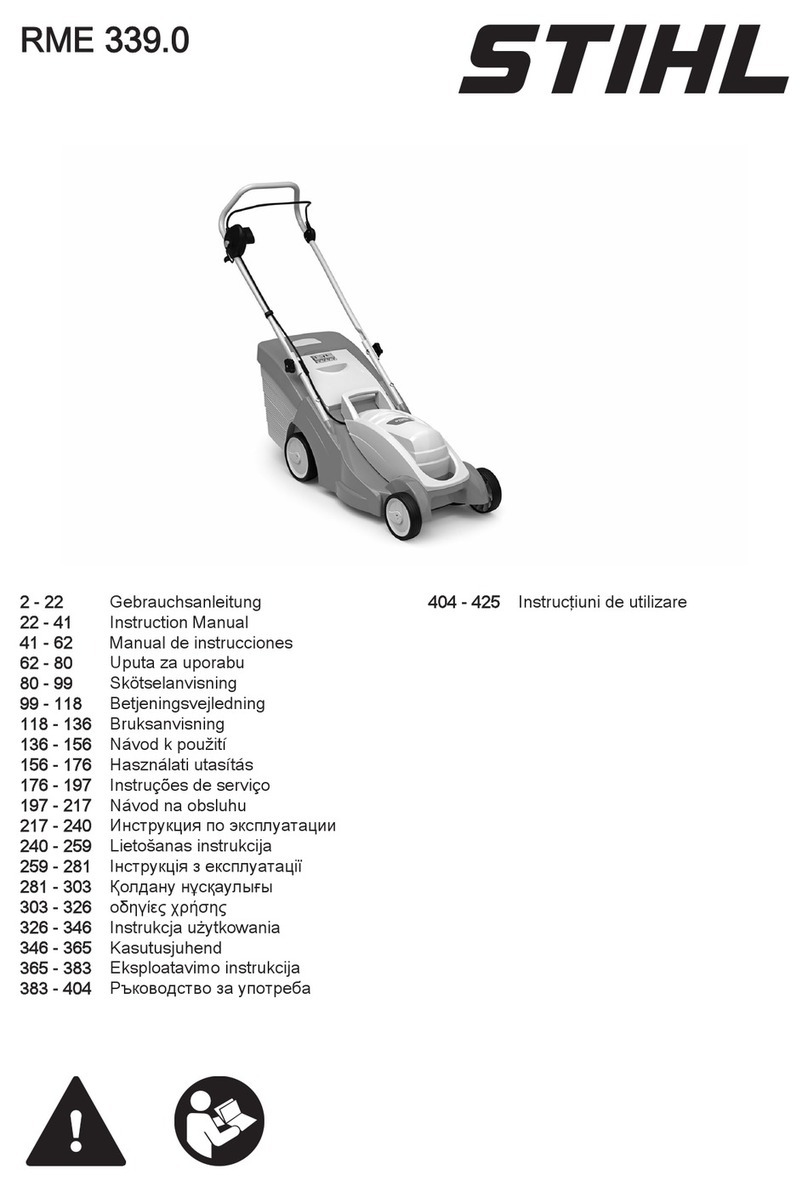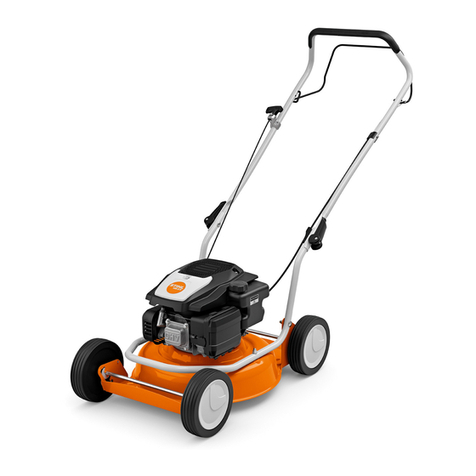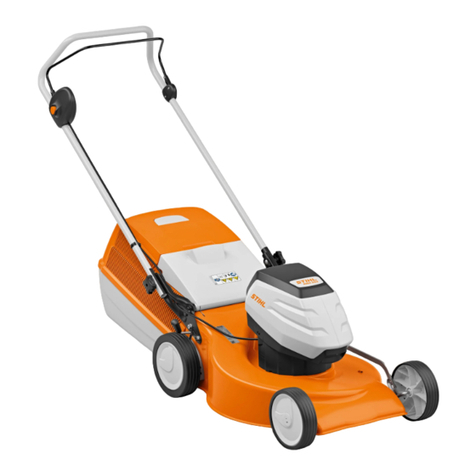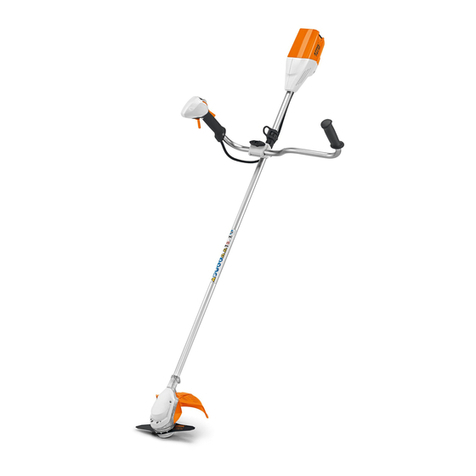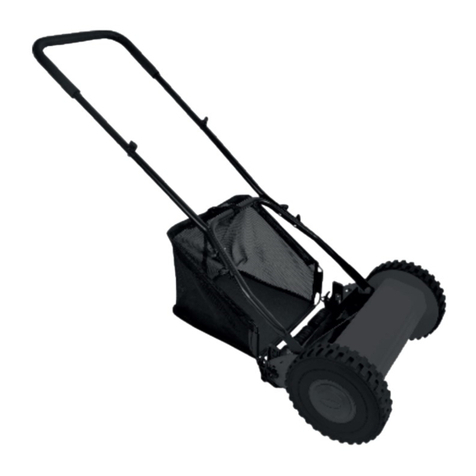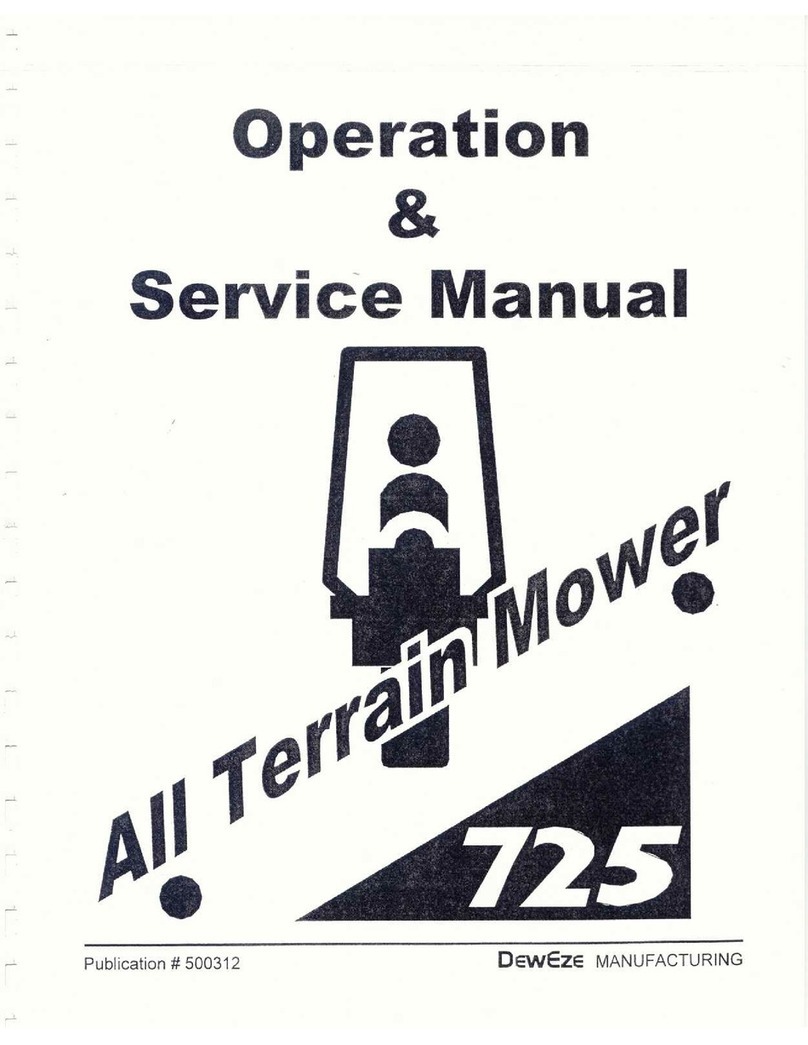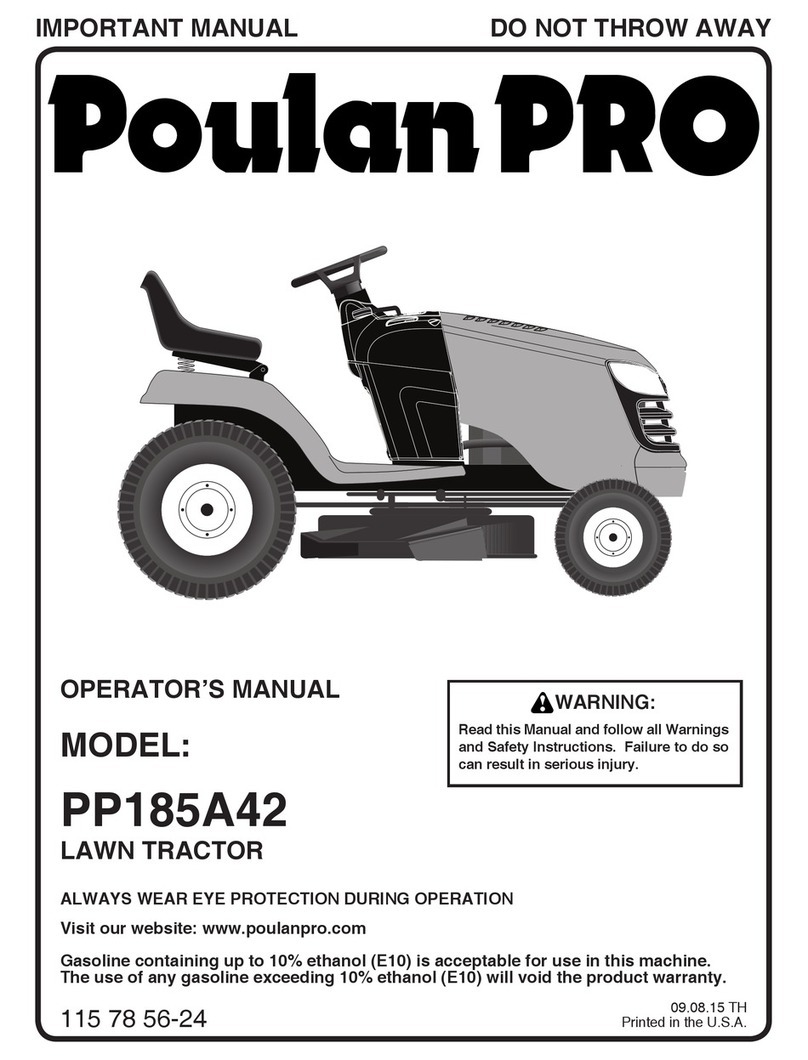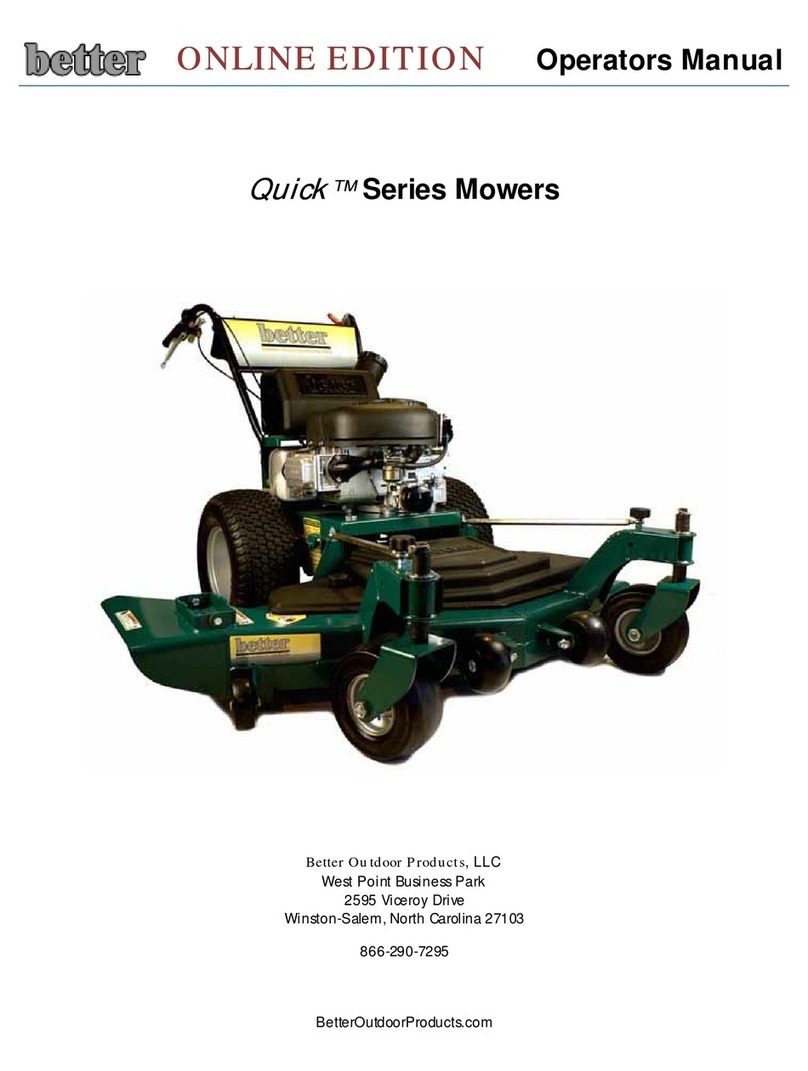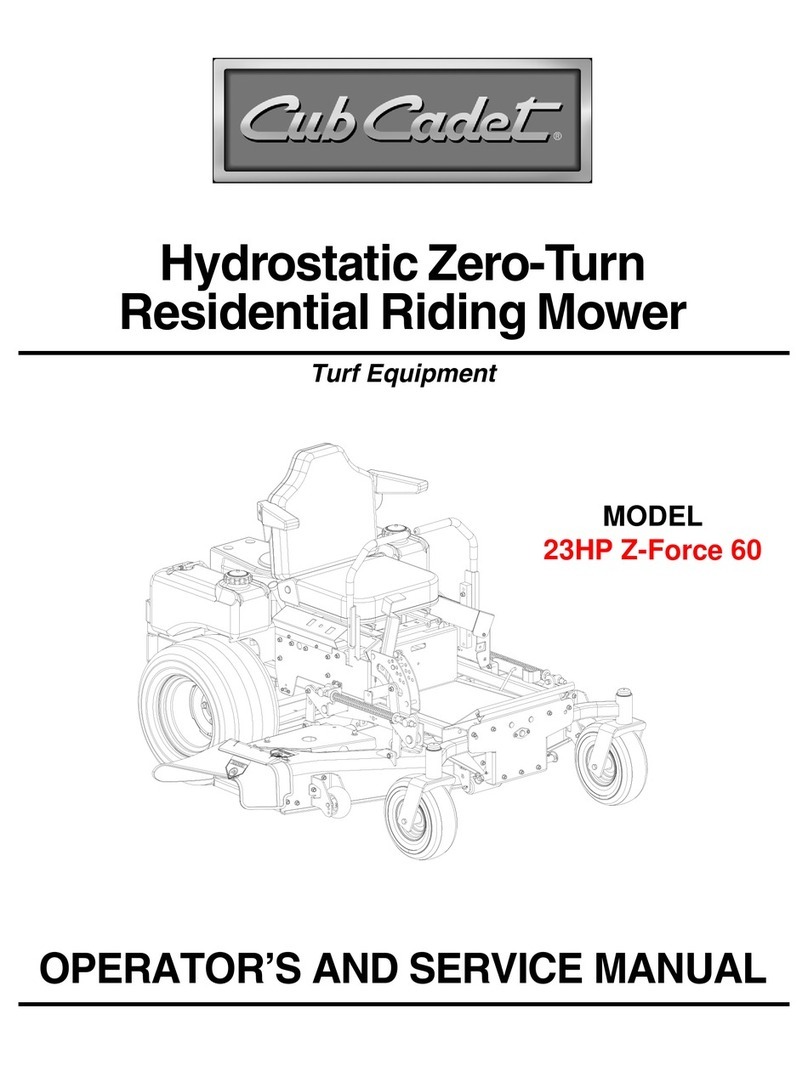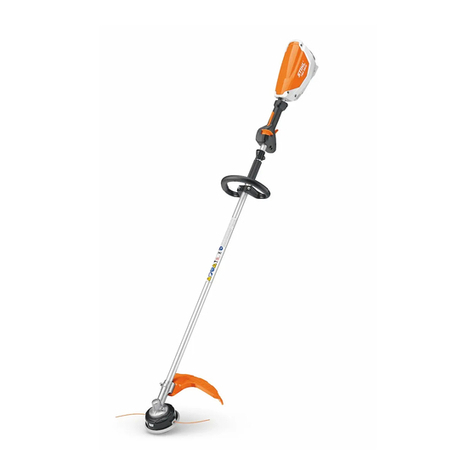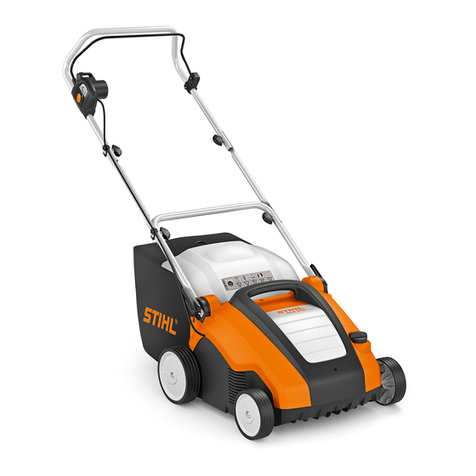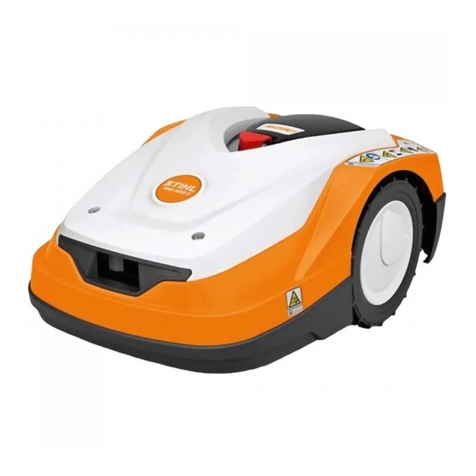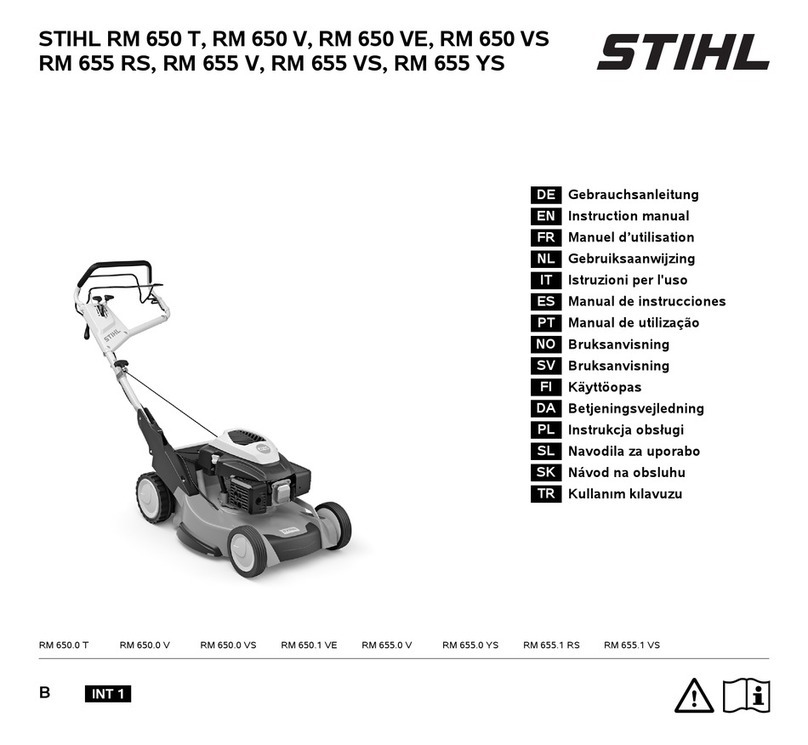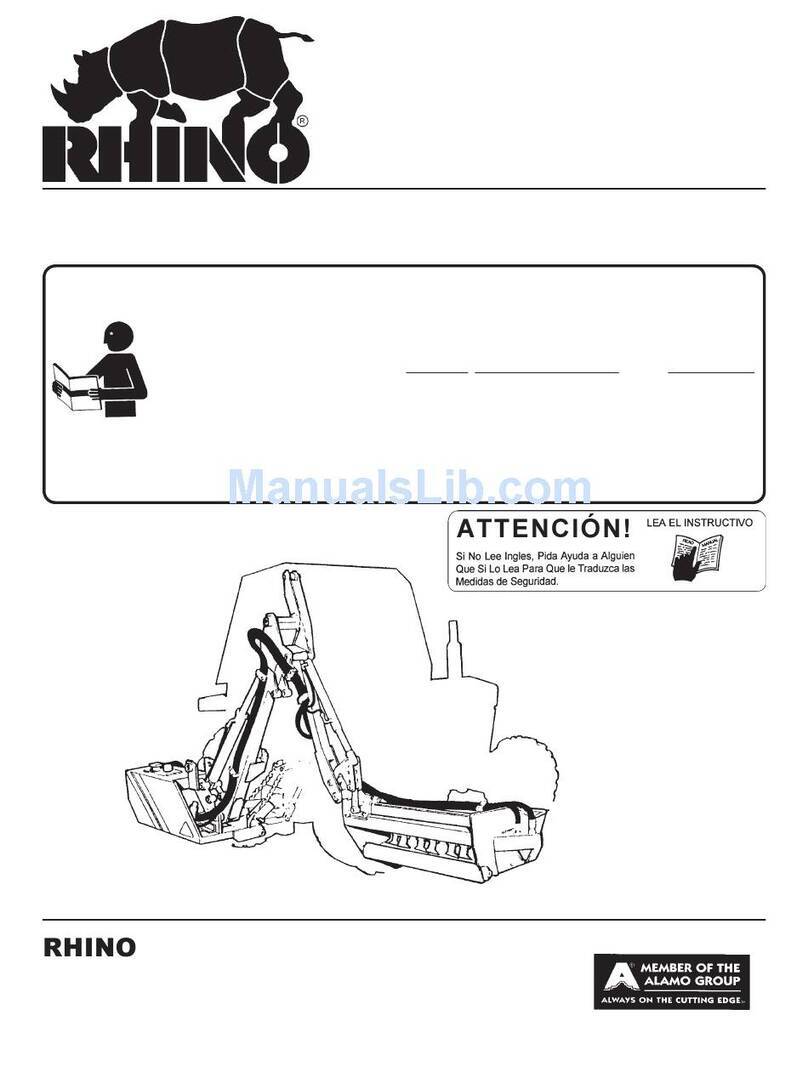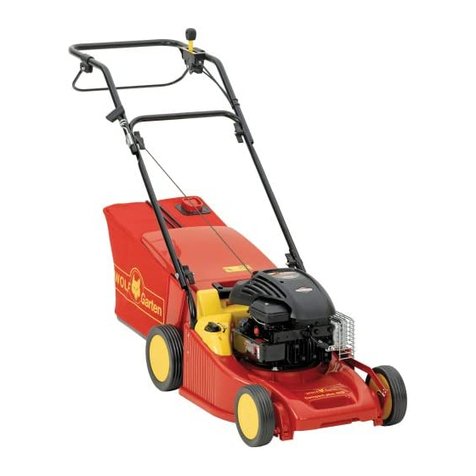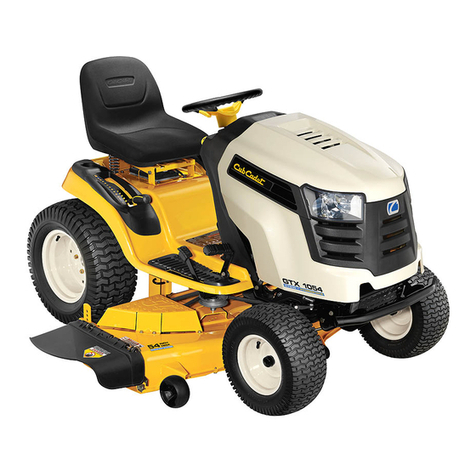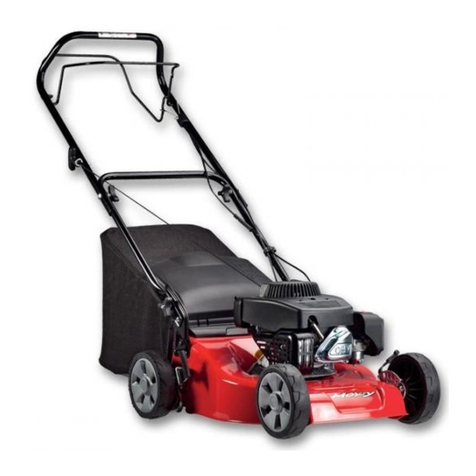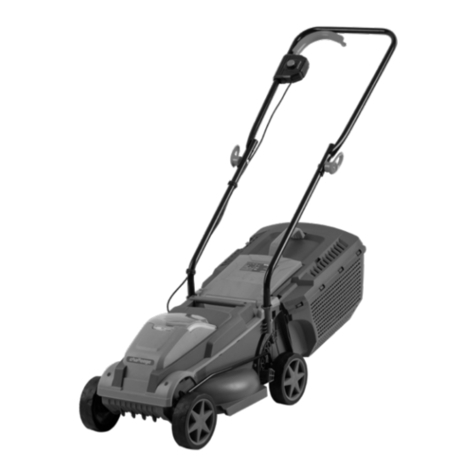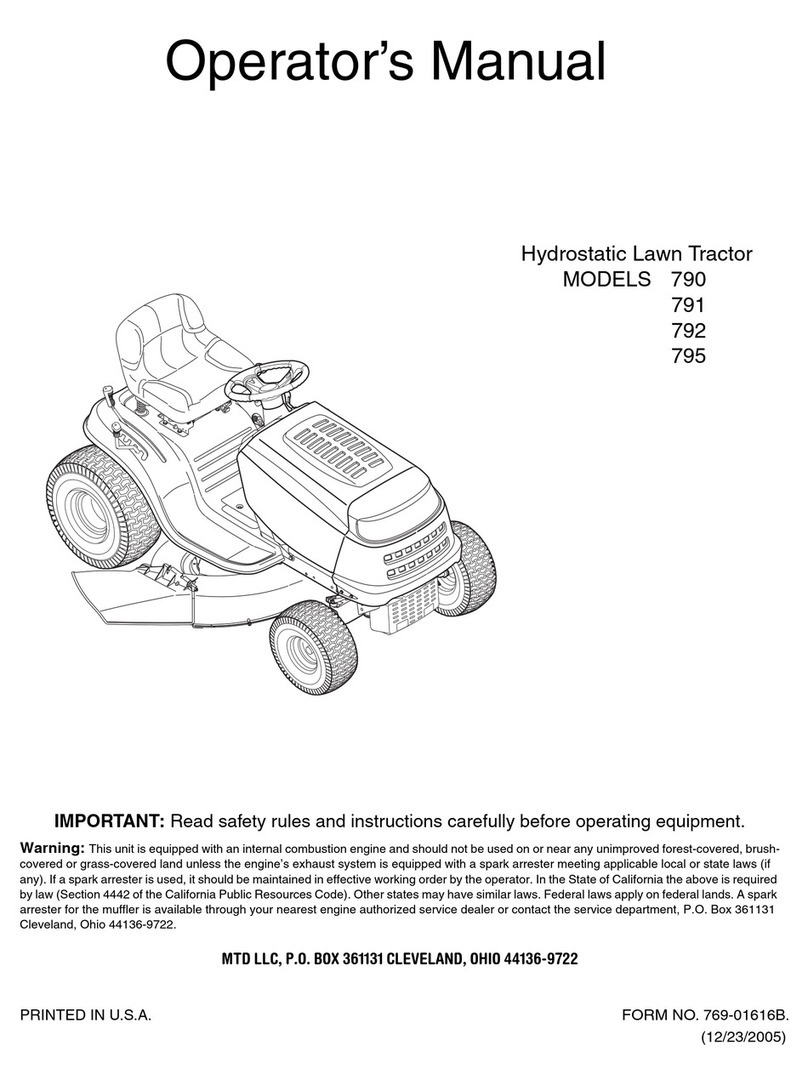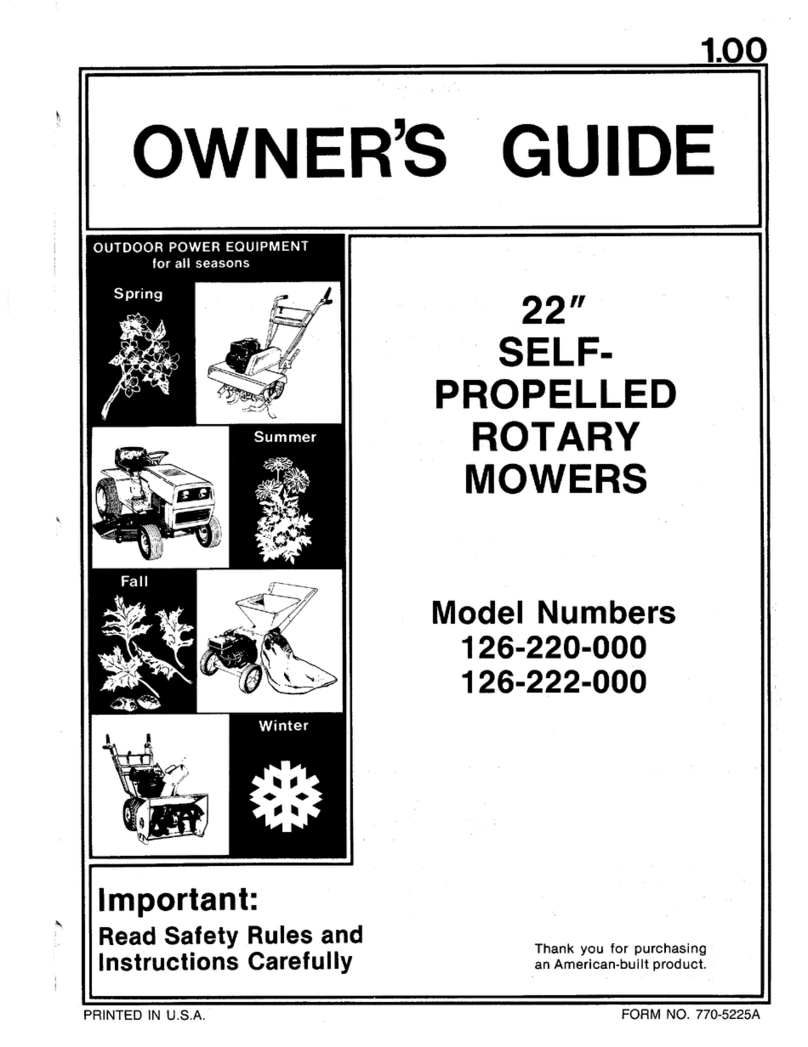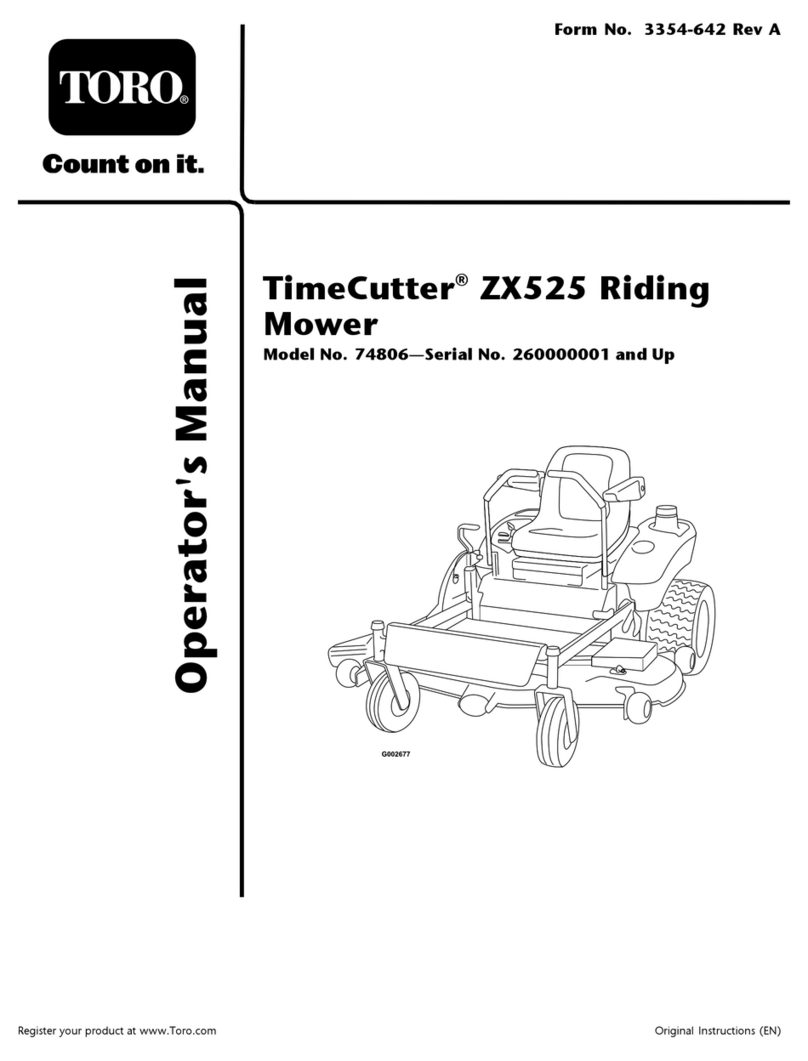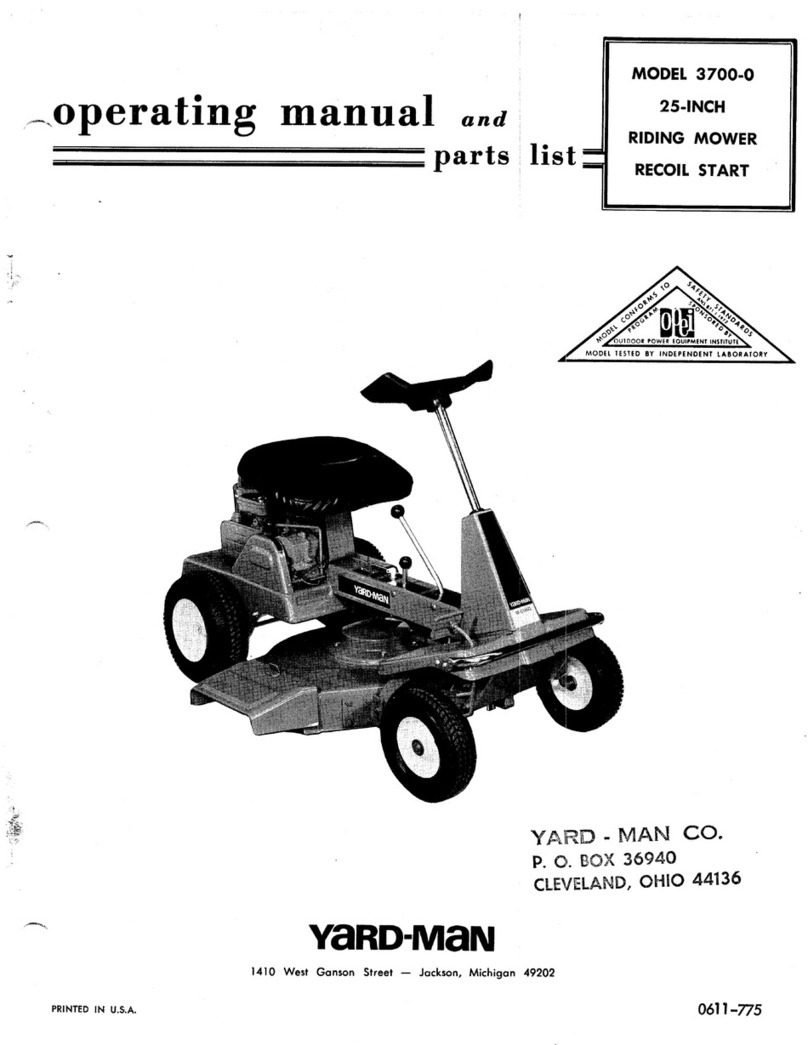
RMA 410 C
English
6
contains safety features and devices
which, if damaged, may cause the
battery to generate heat, rupture or
ignite or explode. Never use or charge a
defective, damaged, cracked, deformed
or leaking battery.
Immediately discontinue use of the
battery if, while using, charging or
storing, it emits an unusual smell, feels
hot or appears abnormal in any other
way.
WARNING
Fluid may leak from the battery if it is
damaged or is not used properly – avoid
contact with the skin! Leaking battery
fluid can cause skin irritation and
chemical burns. In the event of
accidental contact, immediately rinse
thoroughly with mild soap and water. If
fluid gets into your eye(s), do not rub
your eye(s) but rinse water over the
open eye(s) for at least 15 minutes and
seek immediate medical attention.
WARNING
Never bridge (short circuit) the battery
terminals with metallic objects, since this
may damage the battery and possibly
cause a fire or explosion. Keep a battery
that is not in use away from metal
objects (e.g. nails, coins, jewelry). Do
not use metal containers for transporting
or storing batteries.
Store the battery out of reach of children
in a cool and dry area away from direct
sunlight and excess heat or cold (14 °F
to 122 °F (-10 °C to 50 °C)).
Read, fully understand and observe the
instruction leaflet or instruction manual
for the STIHL battery and keep it in a
safe place.
Charger
Use only genuine STIHL chargers.
Use only for charging geometrically
matching STIHL batteries with a
maximum capacity of 50 Ah and a
maximum voltage of 42 V.
WARNING
Never charge defective, damaged,
cracked, deformed or leaking batteries.
To reduce the risk of shock and/or fire,
connect the charger only to a power
supply with the voltage and frequency
specified on the rating plate. Always
plug the charger into a properly installed
wall outlet. Do not use an extension cord
unless absolutely neccessary (see
below).
WARNING
Never insert a wet battery into the
charger. Such a battery could cause the
charger to short circuit.
Operate charger at temperatures
between 41 °F (5 °C) and 104 °F
(40 °C).
Allow the charger to cool down normally
– do not cover it.
Never bridge the contacts of the charger
with metallic objects (e.g. nails, coins,
jewelry). The charger will be damaged
by a short circuit resulting in a risk of fire
and explosion.
In the event of smoke or fire in the
charger, disconnect it from outlet
immediately.
WARNING
To reduce the risk of electric shock or
short circuit, do not insert any objects
into the charger's cooling slots.
WARNING
The charger heats up during the
charging process. To reduce the risk of
fire, do not operate on an easily
combustible surface (e.g. paper,
cardboard, textiles) or in an easily
combustible environment – risk of fire.
WARNING
Do not operate in a hazardous location,
i.e. in a location where there are
combustible liquids (fumes), vapors or
dusts. Chargers can produce sparks,
which may ignite the dust or vapors –
risk of explosion.
Never use a charger with damaged
housing, damaged power supply cord or
damaged plug. Do not operate the
charger if it has received a sharp blow,
been dropped or otherwise damaged in
any way.
Protect the charger from
rain and dampness. Keep
charger dry.
Use and store the
charger only indoors in
dry rooms.
